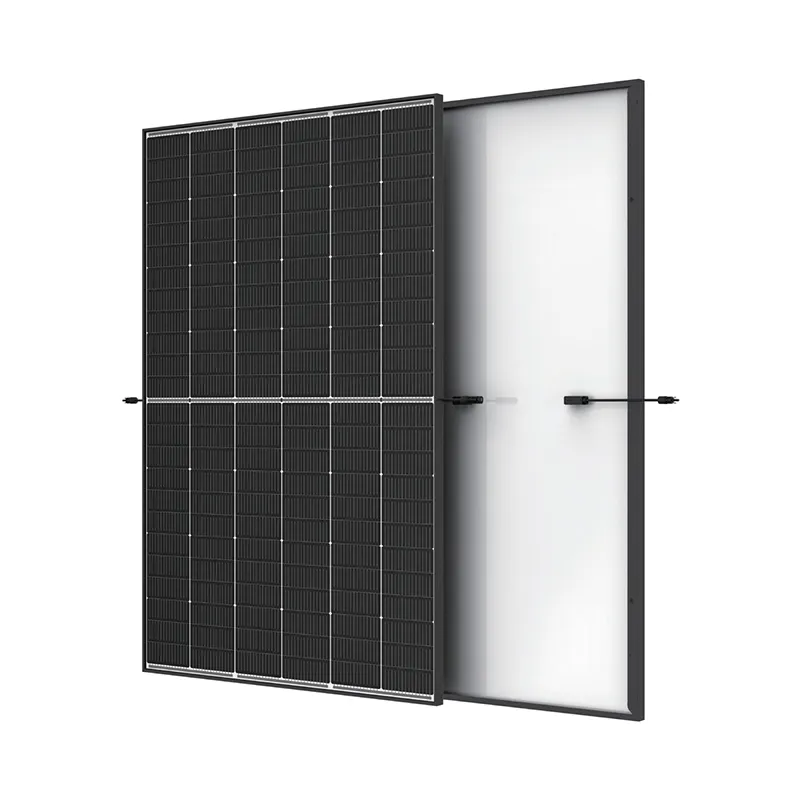Dimensions and Specifications of a 400 Watt Solar Panel for Efficient Installation
Understanding the Dimensions of a 400 Watt Solar Panel
Solar energy has emerged as a critical solution to the world's energy crisis, with solar panels being a significant part of this transition. Among various solar panel options available in the market, the 400-watt solar panel stands out for its efficiency and output, making it a popular choice for residential and commercial installations. A key factor that potential buyers must consider is the dimensions of these panels, as they directly impact installation conditions, roof space requirements, and overall project feasibility.
Dimensions of a 400 Watt Solar Panel
Generally, a 400-watt solar panel measures approximately 67 inches by 40 inches (170 cm x 100 cm), though sizes may vary slightly between manufacturers. These dimensions are designed to maximize the surface area, facilitating greater sunlight absorption. The thickness of these panels typically ranges from 1.5 to 2 inches, depending on the technology used and the materials selected for the panel construction.
Features and Benefits of a Larger Panel Size
The larger dimensions of a 400-watt solar panel allow for a higher number of solar cells, which can contribute to greater electricity output compared to smaller wattage panels. For instance, most 400-watt panels consist of 72 solar cells, arranged in a monocrystalline or polycrystalline configuration. Monocrystalline panels are often denser and more efficient, converting more sunlight into energy within the same amount of space, while polycrystalline panels can be more cost-effective but slightly less efficient.
400 watt solar panel dimensions

The physical size of these panels also plays a role in their installation process. Large panels require adequate mounting space and structural support, especially when installed on roofs. This aspect needs careful consideration when planning solar array layouts, as inadequate space could lead to inefficient installations or require additional structural reinforcement.
Installation Considerations
When considering the installation of a 400-watt solar panel, one must also evaluate the orientation and angle of the panels. Optimal performance occurs when solar panels are positioned to capture maximum sunlight exposure throughout the day, usually facing the equator. The tilt angle can also greatly influence energy yield, depending on geographic location and seasonal variations.
Additionally, the weight of a 400-watt solar panel is another factor to consider during installation. A standard panel can weigh between 45 to 60 pounds (20 to 27 kg). This weight must be factored into the structural engineering of the roof or the supporting structure where the panels will be installed. In some cases, additional mounting rails and support may be required to evenly distribute the weight and ensure the longevity and stability of the installation.
Conclusion
In summary, while the dimensions of a 400-watt solar panel generally fall within a standard range, the specific size can vary by manufacturer. Understanding these dimensions is crucial for anyone looking to invest in solar technology, as they determine installation viability, energy output, and overall project costs. By carefully considering the dimensions, along with other factors such as weight, orientation, and tilt, homeowners and businesses can achieve optimal performance from their solar energy systems. The future of solar energy is bright, and a comprehensive understanding of panel specifications is the first step toward harnessing its potential.
-
Understanding the Advantages of Solar String Inverters for Your Energy SystemNewsApr.29,2025
-
Choosing the Right PV Inverter: A Comprehensive GuideNewsApr.29,2025
-
The Future of Solar Power: Exploring Bifacial Solar PanelsNewsApr.29,2025
-
The Complete Guide to Solar Panels: Efficiency, Cost, And InstallationNewsApr.29,2025
-
The Best Options for Efficiency and Cost-EffectivenessNewsApr.29,2025
-
Harnessing the Power of Off-Grid Solar Inverters for Energy IndependenceNewsApr.29,2025







